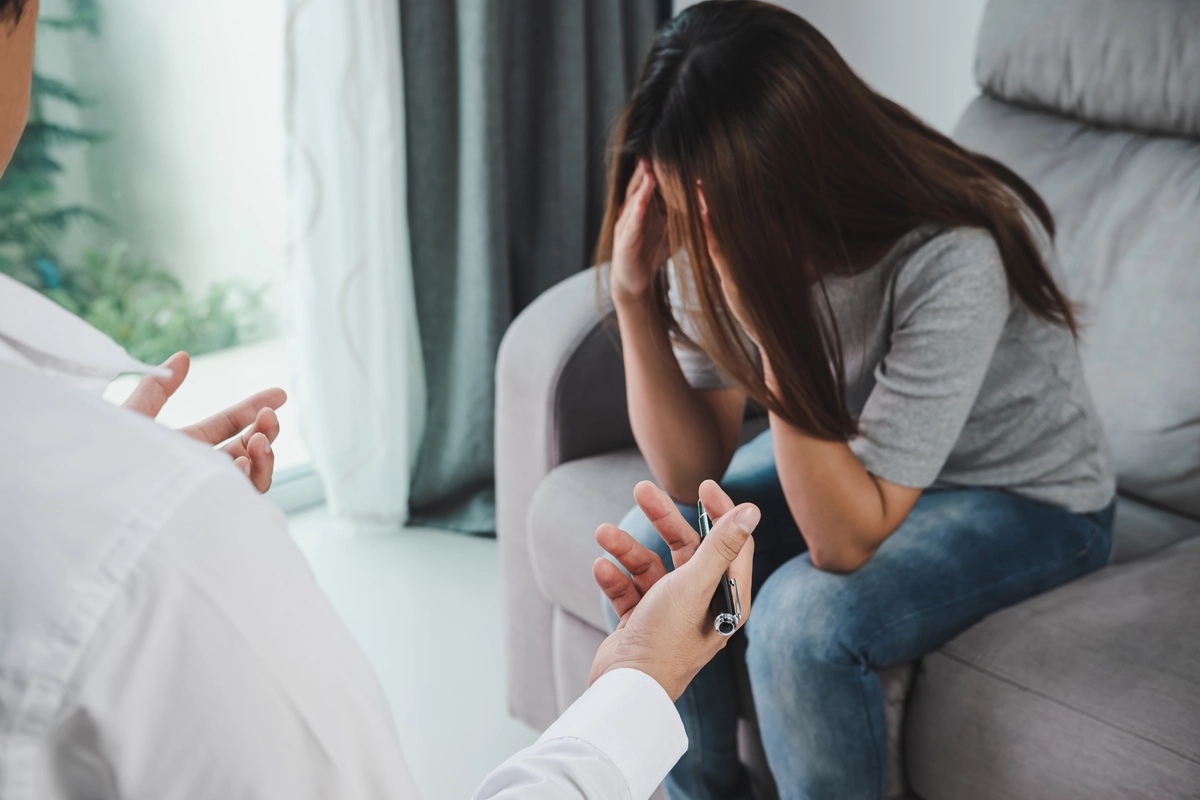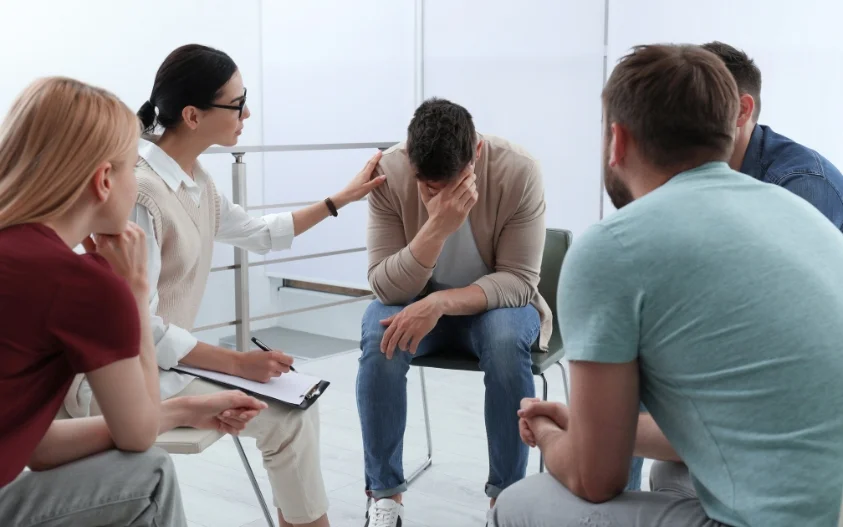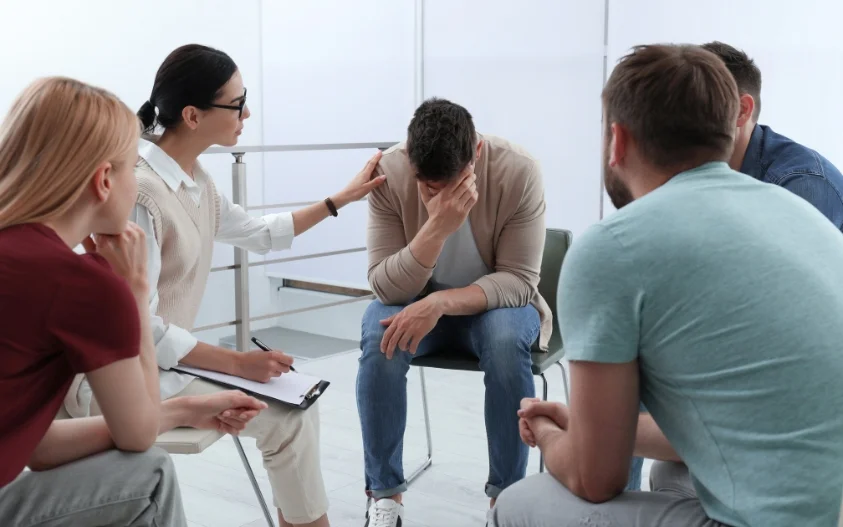24/7 Helpline:
(866) 899-221924/7 Helpline:
(866) 899-2219
Learn more about Ecstasy Detox centers in Bloomer
Ecstasy Detox in Other Cities

Other Insurance Options

Providence

BlueCross

Health Partners

Anthem

American Behavioral

Health Net

AllWell

Sliding scale payment assistance

Group Health Incorporated

Choice Care Network

Multiplan

Premera

CareFirst

Meritain

Holman Group

Private insurance

Access to Recovery (ATR) Voucher

United Health Care

UMR

Excellus


LE Phillips Libertas Treatment Center
Libertas Center is an accredited dual diagnosis drug rehab center dedicated to providing comprehensi...

LSS – Lutheran Social Services – Chippewa Area Recovery Resource
Lutheran Social Services (LSS) - CARR-CF is an addiction treatment program providing evidence-based ...



















Alano Club 76
Alano Club 76 is a non-profit rehab located in Chippewa Falls, Wisconsin. Alano Club 76 specializes ...

Serenity House – East Grand Avenue
Serenity House – East Grand Avenue is a private rehab located in Chippewa Falls, Wisconsin. Serenity...

Community Counseling Services
Community Counseling Services provides an Intoxicated Driver Intervention Program for Chippewa Count...

Council on Alcohol and Drug Abuse
Council on Alcohol and Drug Abuse is a private rehab located in Chippewa Falls, Wisconsin. Council o...

Serenity House
Serenity House is a private rehab located in Chippewa Falls, Wisconsin. Serenity House specializes i...






















